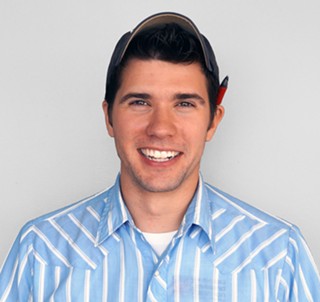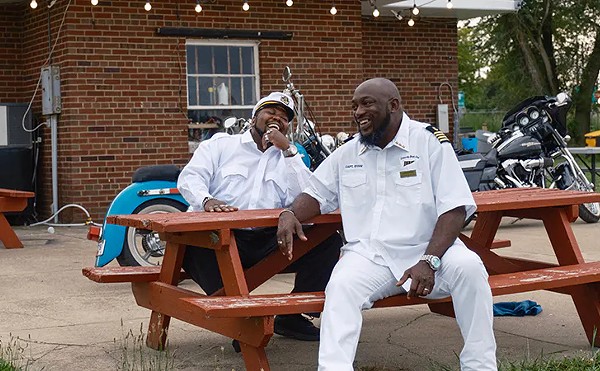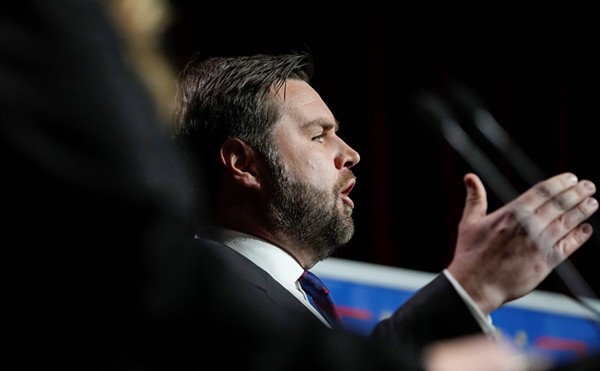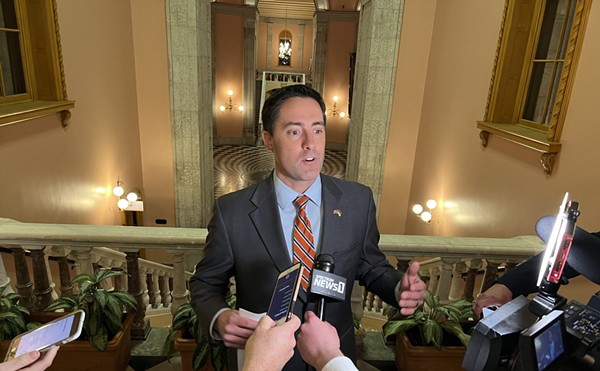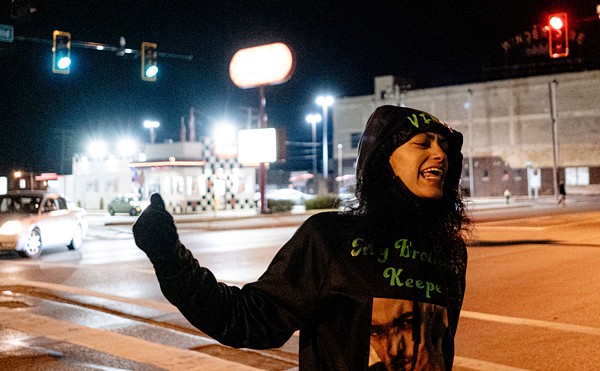Local School Board Races are Ohio's Most Violent Cultural Battlegrounds
By Sam Allard on Thu, Oct 28, 2021 at 12:37 pm
[
{
"name": "Ad - NativeInline - Injected",
"component": "38482495",
"insertPoint": "3",
"requiredCountToDisplay": "5"
},{
"name": "Real 1 Player (r2) - Inline",
"component": "38482494",
"insertPoint": "2/3",
"requiredCountToDisplay": "9"
}
]
The CEO of the Ohio School Board Association (OSBA), Richard Lewis, said Wednesday evening that there were 2,678 candidates for school boards across the state. Among them are 1,351 challengers, a dramatic 30% increase in the number of challengers from 2019 and a 50% increase from 2017.
School board elections, held in odd-numbered years, have this year become culture war battlegrounds. In Ohio, far-right organizations like Ohio Value Voters and Protect Ohio Children have put forth slates of candidates in suburban districts who are opposed to what they call Critical Race Theory, comprehensive sexual education and social and emotional learning. (Locally, a majority of these candidates have also been endorsed by the Republican Party of Cuyahoga County.)
Opposition to these issues has gained traction on social media and in suburban GOP clubs, and has crescendoed to what would typically be comedic proportions at school board meetings in Cleveland's suburbs.
But the meetings have become tense. Armed police officers are now commonplace. The fear and anxiety borne of both the pandemic and the nation's reckoning with racial justice now manifests in granular concerns about curricula and school operations. Parents and other community members now regularly excoriate boards on issues ranging from student mask mandates and other Covid precautions to diversity, equity and inclusion courses.
Controversies of a puritanical bent abound. In Hudson, Mayor Craig Shubert called on the entire school board to resign last month over prompts in a creative writing course book that had been used for years in a college-level elective. Shubert referred to the prompts, which were never used in the class, as "essentially child pornography."
Richard Lewis spoke Wednesday as part of the Real Talk series hosted by a number of Northeast Ohio Leagues of Women Voters. While he did not speculate on the reasons for the surge in candidates, he said the uptick was an anomaly, but was not worried about forthcoming turnover. There tends to be quite a bit of churn on school boards anyway, he said, with the average tenure lasting roughly four years. When asked directly by moderator Jenny Hamel of Ideastream Public Media, he said he was not concerned about the potential influx of new members.
"It's nothing to be frightened of," he said. "New school board members will bring new and fresh ideas and ask questions that haven't been asked before. Every board member started new at some time."
He said he hoped, however, that new candidates wouldn't be "single-issue" board members.
"It's an enormous task," he said. "The job is to raise the bar on student achievement, provide a world-class education, and help the students succeed and have better lives. If an individual comes in with just a single issue, they're still there for four years, and they need to be prepared to take on the mantle of all these other difficult decisions and different agendas."
Members of local school boards who appeared in the panel discussion commented that many of the hot-button issues of the past year were far removed from boards' responsibilities. Opposition to Critical Race Theory, for example, which is now standard among delusional white communities that perceive themselves to be subjugated, rarely intersects with a board's decision-making around budgets and governance.
"The concerns people have around Critical Race Theory are not what we're doing," said James Field, a school board member in Hudson. He and others said that they now spend time explaining to agitated community members what Diversity, Equity and Inclusion means in the first place.
"The whole point of DEI is not to make white students feel bad," said Lisa Priemer, president of the Bay Village School Board, elaborating on conversations she'd had with concerned parents and grandparents. In largely white suburban communities, where the teachers are also largely white, DEI is often merely to expose students to different races and cultures. A Stow-Munroe Falls board member, Nancy Brown, referenced the radical act of acquiring books by more racially diverse authors for the school library.
The unhinged rhetoric of opponents, however, holds that Critical Race Theory is not only being taught in local high schools, but is indoctrinating children "with race-based hatred of white people, of American history, and of capitalism, with the goal of the communist takeover of our nation." (This was from a robocall in Rocky River, urging voters to vote against a school levy due to a small contract with the Diversity Center of Greater Cleveland, which conducted a four-hour DEI course that encouraged Freshmen to respect other cultures.)
Experts say that stoking the fear and anger of the electorate on these divisive issues and directing them to school board races has been a tactic emanating from right wing think tanks.
Speaking to Scene Wednesday, Piet van Lier, Senior Researcher at Policy Matters Ohio, mentioned places like the Manhattan Institute and the Heritage Foundation.
"It's well-funded people and organizations from outside Ohio, and these issues really weren't issues until they started bringing them in and spreading their money and talking points around," he said. "It's now one of those 'anti' issues. Anti-CRT, anti-mask, anti-vax. It's all part of the same push to disrupt our democracy."
Van Lier said he believed that most of the public schools in the state, which 90% of Ohio's children attend, were taking solid approaches to teaching history, one of the more enflamed areas of parent opposition.
"Teachers are confronting our country's racial history, looking at where we are now, and looking at how we can move forward together," he said. "That's not a divisive message. It's a positive message. But the manufactured controversy is all about stoking fear."
Van Lier said that that's on purpose. An angry, fearful electorate is much more likely to vote on election day, presumably for Republican candidates.
"That's become part of the playbook," van Lier said. "It's not just about about who's going to teach our kids and what they're going to be taught. It's about finding issues that will get people focused for this election and in 2022 and 2024. It's a longer-term strategy: Build up these issues, get people riled up and motivate them to go to the polls."
***
Sign up for Scene's weekly newsletters to get the latest on Cleveland news, things to do and places to eat delivered right to your inbox.
SCENE Supporters make it possible to tell the Cleveland stories you won’t find elsewhere.
Become a supporter today.
About The Author
Sam Allard
Sam Allard is the Senior Writer at Scene, in which capacity he covers politics and power and writes about movies when time permits. He's a graduate of the Medill School of Journalism at Northwestern University and the NEOMFA at Cleveland State. Prior to joining Scene, he was encamped in Sarajevo, Bosnia, on an...
Scroll to read more Cleveland News articles
Newsletters
Join Cleveland Scene Newsletters
Subscribe now to get the latest news delivered right to your inbox.


